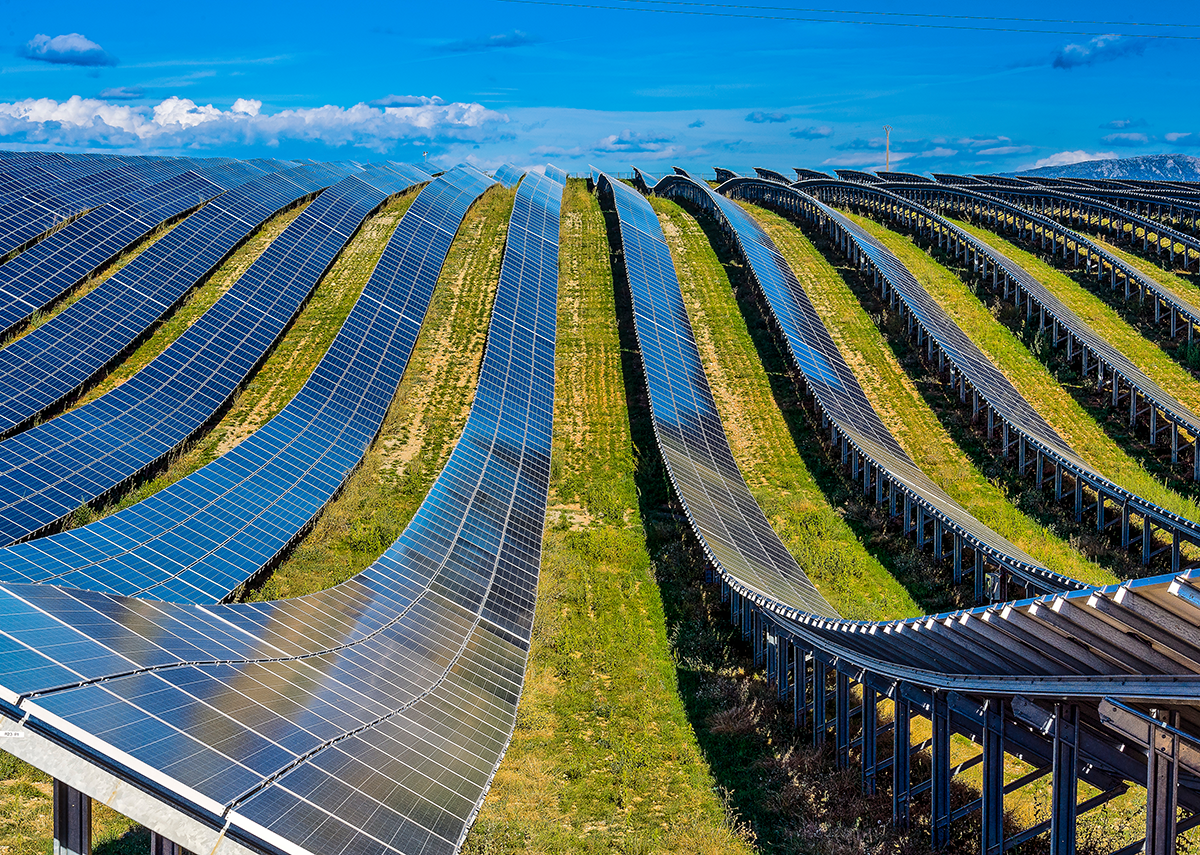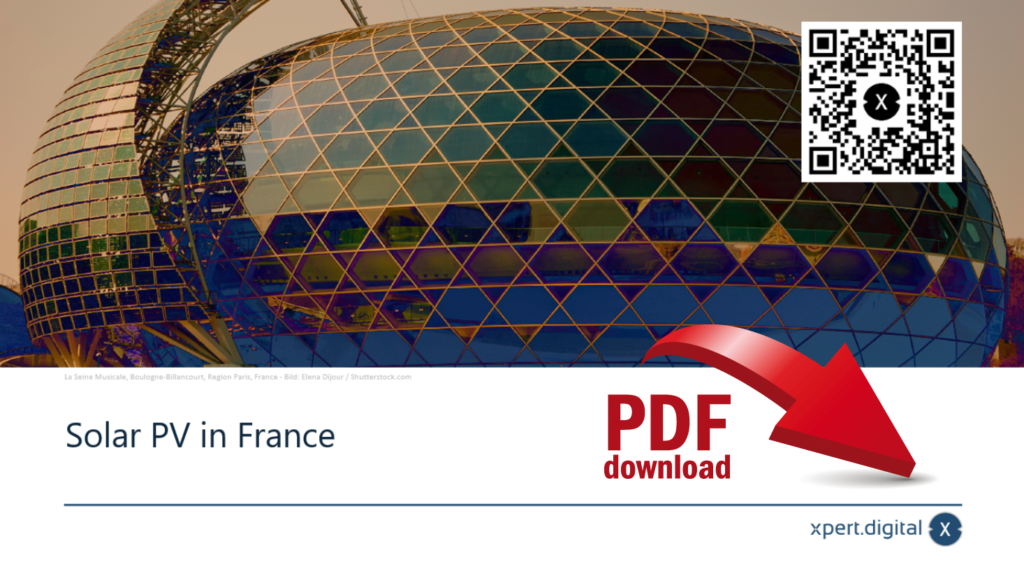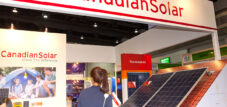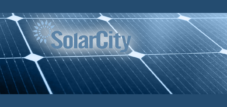Solar PV in France – Statistics and Facts
Language selection 📢
Published on: November 7, 2020 / update from: November 9, 2020 - Author: Konrad Wolfenstein
Solar PV in France – Statistics and Facts / Solar PV in France – Statistics & Facts
Solar activity is the basis of energy production. It produces the heat and light necessary for life on Earth. Today, this natural energy is increasingly being used to generate electricity from photovoltaic panels. In 2018, 95 percent of French people knew about this energy, which is proof of its popularity.
However, in the same year, less than 5 percent of French households had photovoltaic panels. Based on the latest figures, more than half of the French would be interested: firstly in the energy autonomy that the photovoltaic panels bring and secondly in selling their production surplus.
Despite slow beginnings, this industry is expanding. The sector counted more than 7,000 direct jobs and generated a turnover of almost five billion euros in France in 2017.
This year, more than nine terawatt hours of photovoltaic solar power were produced in France. In 2019, around a third of French production was produced in the New Aquitaine region.
In 2019, three quarters of French people trusted photovoltaic panels. The increased sales of photovoltaic systems reflect this confidence, especially in the market of the small segment (0 to 3 kilowatts), specific to the private sector and suitable for self-consumption.
Residential photovoltaic production capacity quadrupled between the last quarter of 2010 and the third quarter of 2019. The French government has encouraged self-consumption through bonuses for households depending on the amount of energy produced. The government even buys production surpluses from households for their own consumption.
Photovoltaic electricity is still an intermittent form of energy, the production of which depends on geographical or climatic factors. It is no coincidence that the share of photovoltaic electricity in gross electricity consumption fluctuates depending on the season. In fact, peak consumption occurs most often between the second and third quarters of the year, while the lowest values correspond to winter and less sunshine.
The emergence of energy storage technologies may provide answers to some of the problems arising from intermittent energy.
Solar activity is the basis of energy production. It produces the heat and light necessary for life on Earth to exist. Today this natural energy is being used increasingly to generate electricity from photovoltaic panels. In 2018, 95 percent of the French were familiar with this energy, which is proof of its popularity.
However, in the same year, less than 5 percent of French households owned photovoltaic panels. Based on recent figures, more than half of the French would be interested: firstly in the energy autonomy brought by photovoltaic panels, and secondly in selling their production surplus.
Despite slow beginnings, this industry is expanding. The sector counted more than 7,000 direct jobs and generated a turnover of nearly five billion euros in France in 2017.
In that year, more than nine terawatt-hours of photovoltaic solar electricity were produced in France. In 2019, about one third of the French production was generated in the New-Aquitaine region.
In 2019, three quarters of the French trusted in photovoltaic panels. Increased sales of photovoltaic installations reflect this confidence, particularly in the small segment market (0 to 3 kilowatts) specific to the residential sector and adapted for self-consumption.
The residential photovoltaic production capacity quadrupled between the last quarter of 2010 and the third quarter of 2019. The French government has stimulated self-consumption thanks to bonuses for households, depending on the amount of energy produced. The government even buys production surplus from households on self-consumption.
Photovoltaic electricity remains an intermittent type of energy, its production depending on geographical or climatic factors. There is no coincidence that the share of photovoltaic electricity in gross electricity consumption fluctuates according to seasons. In fact, consumption peaks most often occur between the second and third quarters of the year, while the lowest values correspond to winter and less sunshine.
The emergence of energy storage techniques may provide answers to some of the problems posed by intermittent energy.
Solar PV in France
Important note: The PDF is password protected.
Please get in contact with me. Of course, the PDF is free of charge. Important note: The PDF is password protected. Please contact me. Of course the PDF is free of charge.
English version – To view the PDF, please click on the image below.
English Version – To view the PDF, please click on the image below.
Suitable for:
- Statistics on the subject of photovoltaics and the energy transition in Germany
- Photovoltaics in Europe – statistics and facts
- Worldwide solar photovoltaics industry – statistics and facts
- Canadian Solar – Statistics and Facts
- First Solar – Statistics and Facts
- JinkoSolar – statistics and facts
- SolarCity – statistics and facts



























